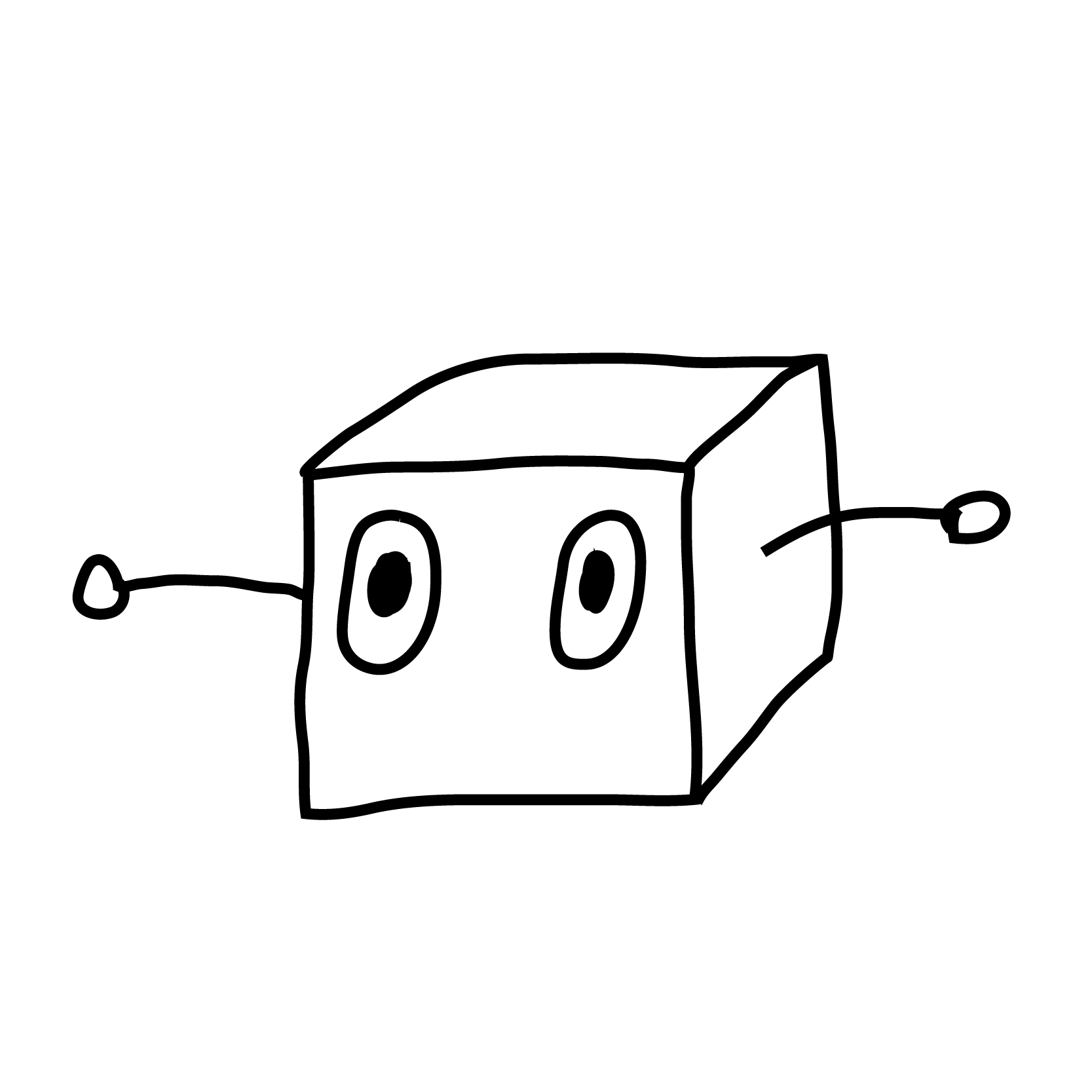It turns out sapphire is a very useful high-tech material, due to its hardness,
insulating properties, optical transparency, and thermal conductivity. By
starting with a tiny seed crystal, a huge column of highly pure crystal can be
slowly drawn out of a molten vat, producing big honking specimens like the












